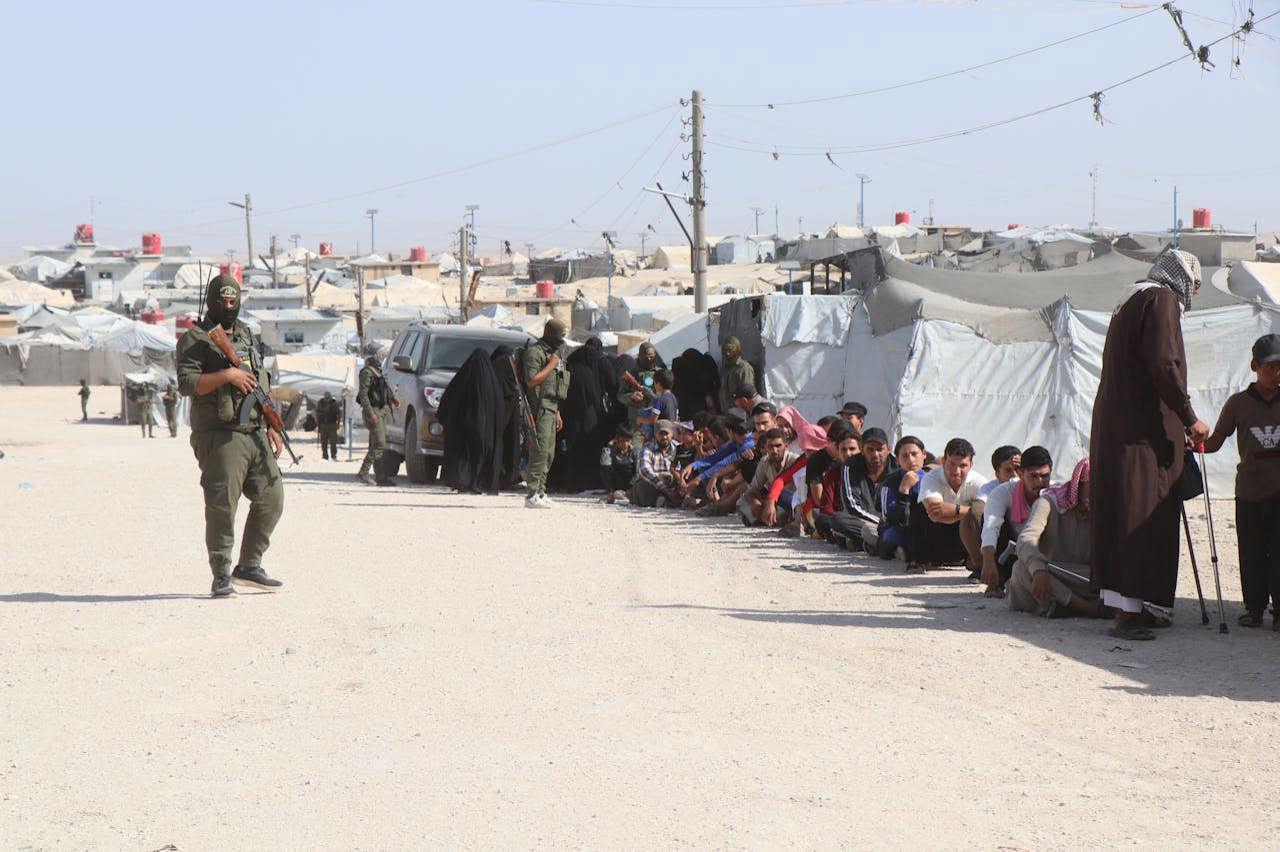
Project reference
22-0121-060-SYR-FPI-eval
Contract duration
2024 - 2025
Countries
Syria
Keywords
Civil society, Education, Humanitarian aid, Monitoring & Evaluation
Final evaluation of FPI crisis response in North-East Syria
The specific objective for this evaluation is to assess whether the six interventions have contributed to
achieving the EU political objective to reduce vulnerability to radicalisation and violent extremism in NES. The global objective of this evaluation is twofold. First, it aims to provide the relevant services of the European Union, interested stakeholders, and potentially the wider public with an independent assessment of the performance of the six interventions being evaluated. This assessment will focus on measuring results at various levels against their expected objectives, and analysing the reasons behind these results. Second, the evaluation seeks to identify key lessons learned, draw conclusions, and offer related recommendations to inform decision makers on how to improve current and future interventions aimed at countering violent extremism and addressing vulnerability to radicalization in north-east Syria.
The evaluation will assess the interventions using three out of the six standard DAC evaluation criteria, namely: coherence, effectiveness, and sustainability. In addition, the evaluation will assess the interventions through an EU specific evaluation criterion, which is the EU added value. The relevance and efficiency criteria will not be assessed as part of this evaluation as they were already covered by the EU-led third party monitoring exercise, and by the final evaluations of two of the six contracts (NPA and WCA). The impact will not be assessed either as the project have ended relatedly recently.
Furthermore, the evaluation team should analyse the extent to which the projects were conflict-sensitive
with intended and unintended effects on the conflict, and whether an intersectional gendered approach
was integrated in both the planning and implementation of the projects, also with intended and unintended effects on gender dynamics. This should include an evaluation of the use of gender (or at least sex) disaggregated with a particular focus on access to power and their different experiences of violence and peacebuilding. In particular, the team should analyse whether the projects were able to address root causes of violence (given the limited time frame, but taking into account that some projects were in their second phase), including an analysis of gender norms and gendered root causes, evolving power dynamics, and types of conflict at all levels of society at the onset of the projects, and how these were addressed. The evaluation team shall also analyse if the relevant SDG 16 was identified; the principle of Leave No One Behind (this includes persons with disability, indigenous peoples, children, and the elderly) and the Human Rights-Based Approach was followed during design, and the extent to which they have been reflected in the planning and implementation of the intervention, its governance and monitoring.
achieving the EU political objective to reduce vulnerability to radicalisation and violent extremism in NES. The global objective of this evaluation is twofold. First, it aims to provide the relevant services of the European Union, interested stakeholders, and potentially the wider public with an independent assessment of the performance of the six interventions being evaluated. This assessment will focus on measuring results at various levels against their expected objectives, and analysing the reasons behind these results. Second, the evaluation seeks to identify key lessons learned, draw conclusions, and offer related recommendations to inform decision makers on how to improve current and future interventions aimed at countering violent extremism and addressing vulnerability to radicalization in north-east Syria.
The evaluation will assess the interventions using three out of the six standard DAC evaluation criteria, namely: coherence, effectiveness, and sustainability. In addition, the evaluation will assess the interventions through an EU specific evaluation criterion, which is the EU added value. The relevance and efficiency criteria will not be assessed as part of this evaluation as they were already covered by the EU-led third party monitoring exercise, and by the final evaluations of two of the six contracts (NPA and WCA). The impact will not be assessed either as the project have ended relatedly recently.
Furthermore, the evaluation team should analyse the extent to which the projects were conflict-sensitive
with intended and unintended effects on the conflict, and whether an intersectional gendered approach
was integrated in both the planning and implementation of the projects, also with intended and unintended effects on gender dynamics. This should include an evaluation of the use of gender (or at least sex) disaggregated with a particular focus on access to power and their different experiences of violence and peacebuilding. In particular, the team should analyse whether the projects were able to address root causes of violence (given the limited time frame, but taking into account that some projects were in their second phase), including an analysis of gender norms and gendered root causes, evolving power dynamics, and types of conflict at all levels of society at the onset of the projects, and how these were addressed. The evaluation team shall also analyse if the relevant SDG 16 was identified; the principle of Leave No One Behind (this includes persons with disability, indigenous peoples, children, and the elderly) and the Human Rights-Based Approach was followed during design, and the extent to which they have been reflected in the planning and implementation of the intervention, its governance and monitoring.
Partners
Particip (Lead), Jouri